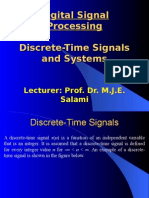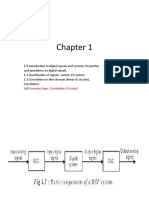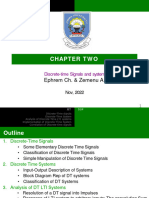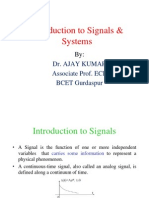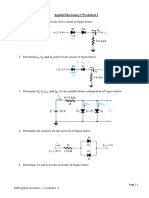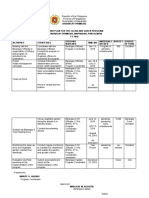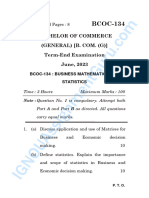0% found this document useful (0 votes)
22 views36 pagesLecture - 2
The document provides an overview of discrete time signals, including their definitions, classifications, and analysis of discrete time LTI systems. It covers mathematical representations, properties of signals, and various implementations of discrete time systems. Additionally, it discusses applications in audio, image processing, communication, and control systems.
Uploaded by
Hawi GutetaCopyright
© © All Rights Reserved
We take content rights seriously. If you suspect this is your content, claim it here.
Available Formats
Download as PDF, TXT or read online on Scribd
0% found this document useful (0 votes)
22 views36 pagesLecture - 2
The document provides an overview of discrete time signals, including their definitions, classifications, and analysis of discrete time LTI systems. It covers mathematical representations, properties of signals, and various implementations of discrete time systems. Additionally, it discusses applications in audio, image processing, communication, and control systems.
Uploaded by
Hawi GutetaCopyright
© © All Rights Reserved
We take content rights seriously. If you suspect this is your content, claim it here.
Available Formats
Download as PDF, TXT or read online on Scribd
/ 36




